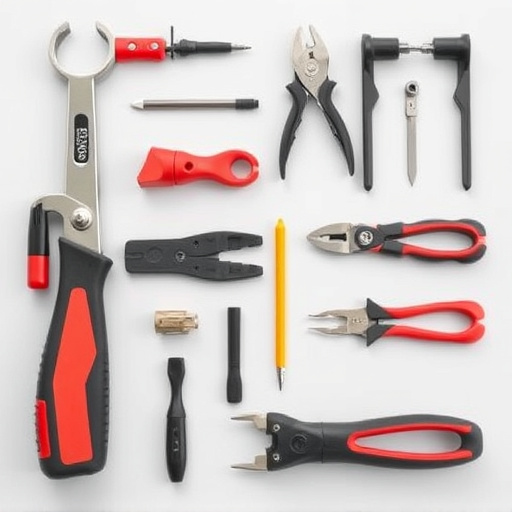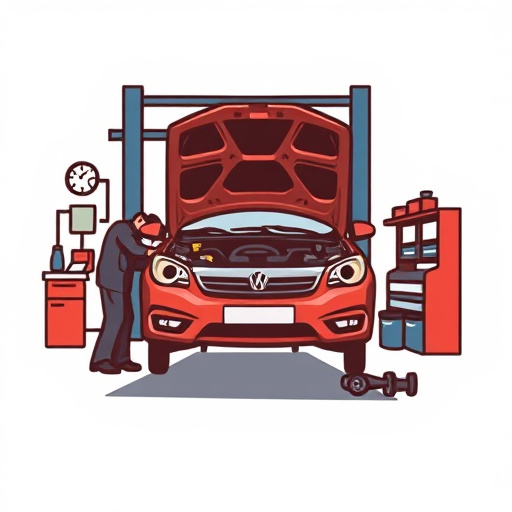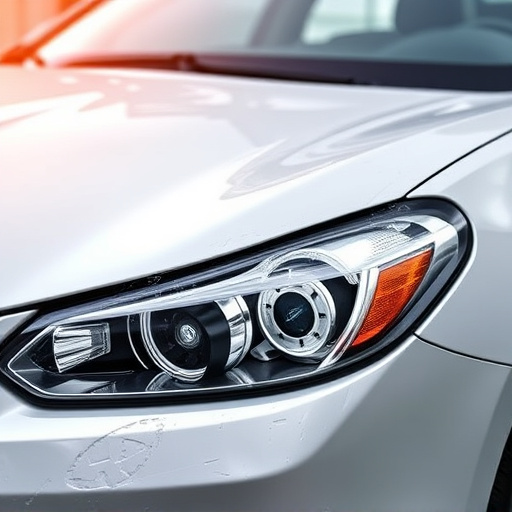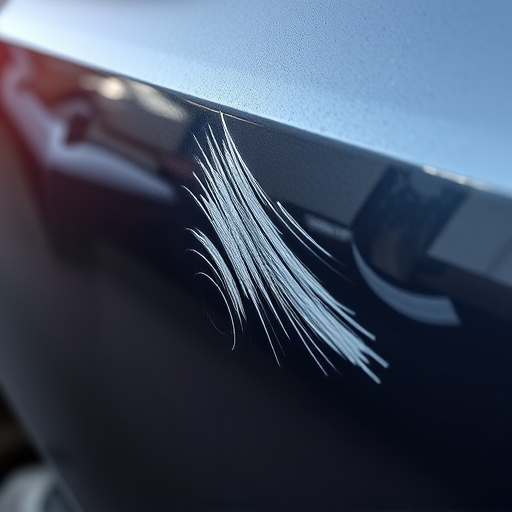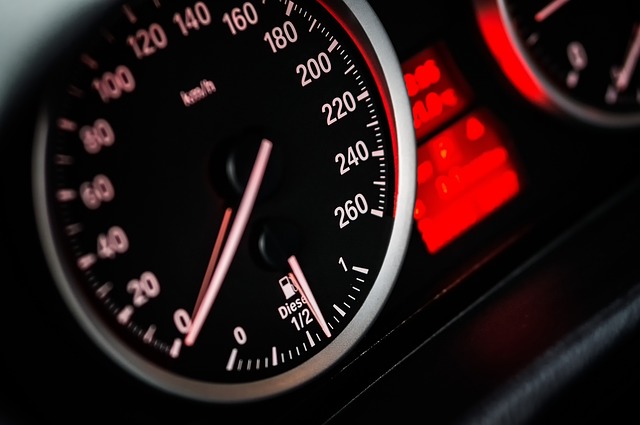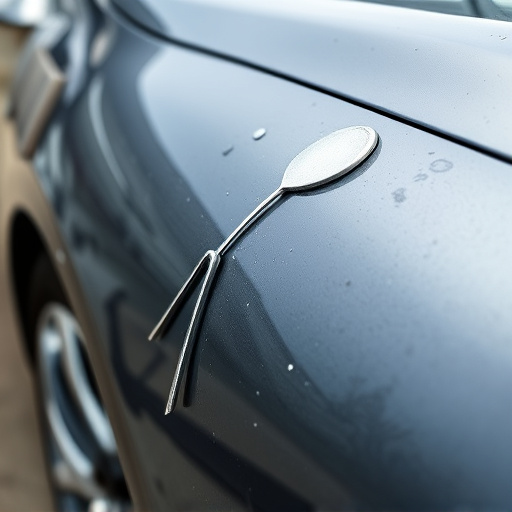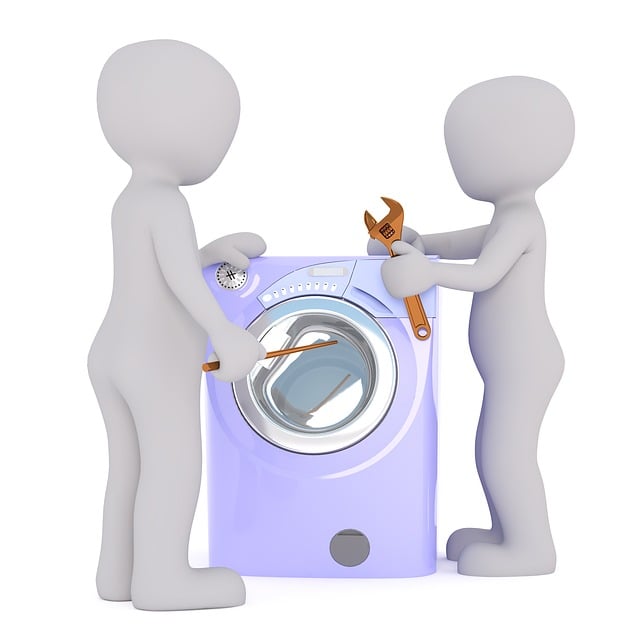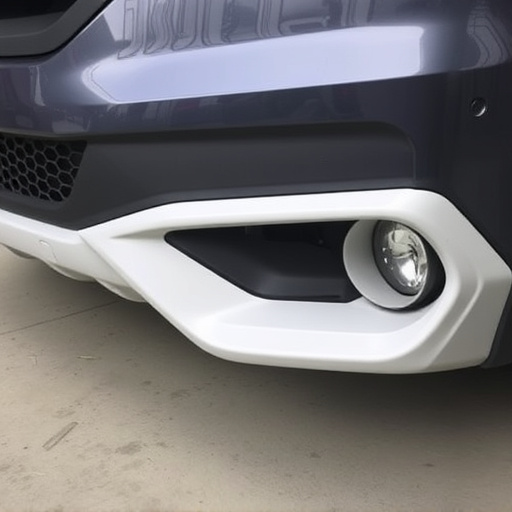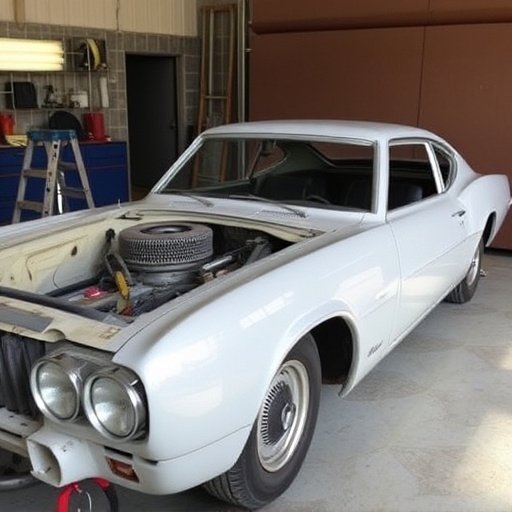A brake system collision check is a critical safety procedure that identifies post-collision issues within a vehicle's braking components using advanced sensors and computer diagnostics. Regular checks are essential for maintaining safety standards, revealing hidden problems that can be addressed through timely repairs or replacements. This proactive approach enhances road safety, boosts public trust in vehicle quality, and strengthens brand reputation in the competitive automotive sector. Effective implementation of these checks ensures vehicle reliability and positions brands as leaders in auto repair, fostering customer loyalty.
In today’s competitive automotive landscape, maintaining a robust brand reputation is paramount. One critical aspect often overlooked is the routine inspection of brake systems—specifically, collision checks. This article delves into the technical intricacies of brake system collision checks and explores their profound impact on brand perception. We examine how these checks influence customer trust, safety records, and competitive positioning. Through real-world case studies, we demonstrate both the potential pitfalls of neglecting this process and the strategic advantages of implementing it effectively.
- Understanding Brake System Collision Checks: A Technical Perspective
- The Role of Brand Reputation in the Automotive Industry
- Case Studies: When Collision Checks Go Wrong and Right
Understanding Brake System Collision Checks: A Technical Perspective

A brake system collision check is a critical safety feature designed to identify potential issues within a vehicle’s braking mechanism following a collision or impact event. This process involves a series of sophisticated diagnostics that meticulously assess the condition of various components, ensuring they remain functional and effective. By employing advanced sensors and computer-aided systems, mechanics can detect even minute discrepancies that could signal more substantial problems.
The check encompasses several key aspects, including examining brake pads for wear or damage, verifying the integrity of hydraulic lines, and testing the performance of calipers and wheel cylinders. Moreover, it considers the alignment of wheels and suspension to ensure optimal braking efficiency. Regular collision checks are essential in maintaining vehicle safety standards, especially in the event of accidents where external damage may not immediately reveal internal brake system complications. This proactive approach allows for timely repairs or replacements, preventing potential hazards on the road and fostering public confidence in a brand’s commitment to quality and safety.
The Role of Brand Reputation in the Automotive Industry

In the highly competitive automotive industry, brand reputation is a powerful asset and can significantly influence consumer behavior. Customers often view their vehicle as an extension of their identity, making the choice of a reliable and trusted brand essential. This is especially true for safety-critical components like the brake system. A brand’s reputation for delivering high-quality auto repair services, from routine maintenance to complex collision repairs, plays a pivotal role in winning and retaining customer loyalty.
The implementation of effective quality control measures, such as the brake system collision check, demonstrates a commitment to excellence and safety. This proactive approach not only ensures optimal vehicle performance but also enhances the brand’s image as a leader in auto collision repair. By prioritizing customer safety and satisfaction, automotive brands can foster trust and positiveness, setting themselves apart from competitors, even when addressing issues like car scratch repairs, which while important, pales in comparison to the criticality of a well-functioning brake system.
Case Studies: When Collision Checks Go Wrong and Right

In the realm of automotive maintenance, the brake system collision check is a critical procedure that can significantly impact brand reputation. Case studies from leading automotive brands offer valuable insights into both the perils and promises of this practice. When collision checks are conducted haphazardly or skipped altogether, it can lead to severe consequences. For instance, a renowned car manufacturer faced a public relations nightmare when its vehicles were found to have substandard brake systems following a series of accidents, resulting in numerous lawsuits and damaged brand image. This negative outcome underscores the importance of meticulous collision checks to ensure vehicle safety.
Conversely, when collision checks are implemented effectively, they become a powerful tool for brand enhancement. A prominent collision center successfully improved its reputation by offering comprehensive brake system inspections alongside top-notch collision repair services. By prioritizing customer safety and providing transparent car paint services, they earned the trust of drivers. This positive example demonstrates that embracing thorough collision checks can foster customer loyalty and solidify a brand’s position as a leader in automotive care, even within competitive collision centers across the market.
Brake system collision checks are not just technical procedures; they significantly influence brand reputation in the competitive automotive industry. By proactively addressing potential issues, manufacturers can enhance safety, foster customer trust, and maintain their market standing. As seen in various case studies, effective collision check implementation can lead to positive outcomes, ensuring both vehicle integrity and brand loyalty. Thus, integrating rigorous brake system collision checks into routine maintenance is a strategic move for any automotive brand aiming for long-term success.
